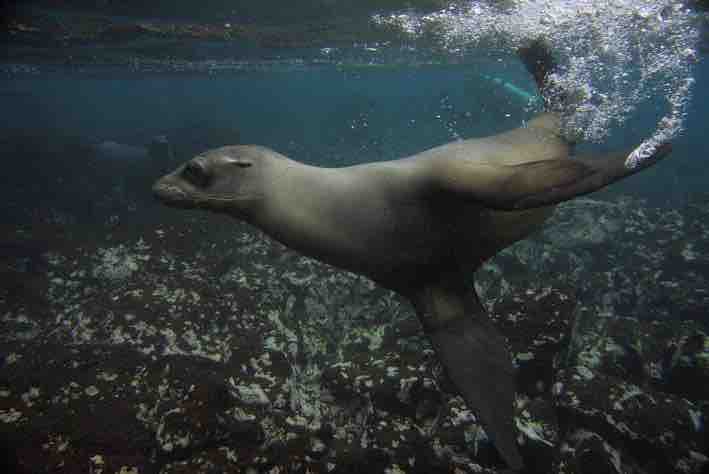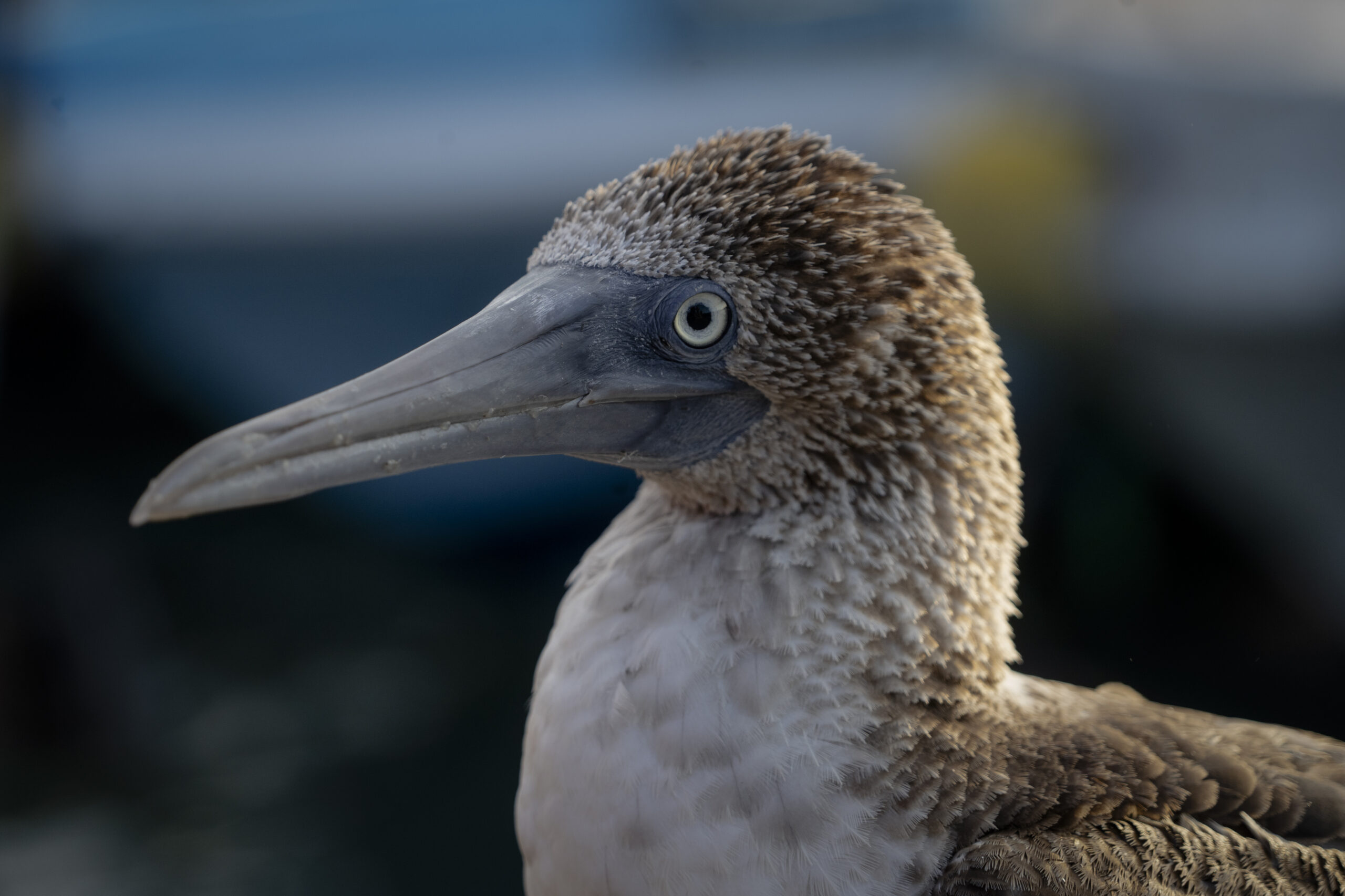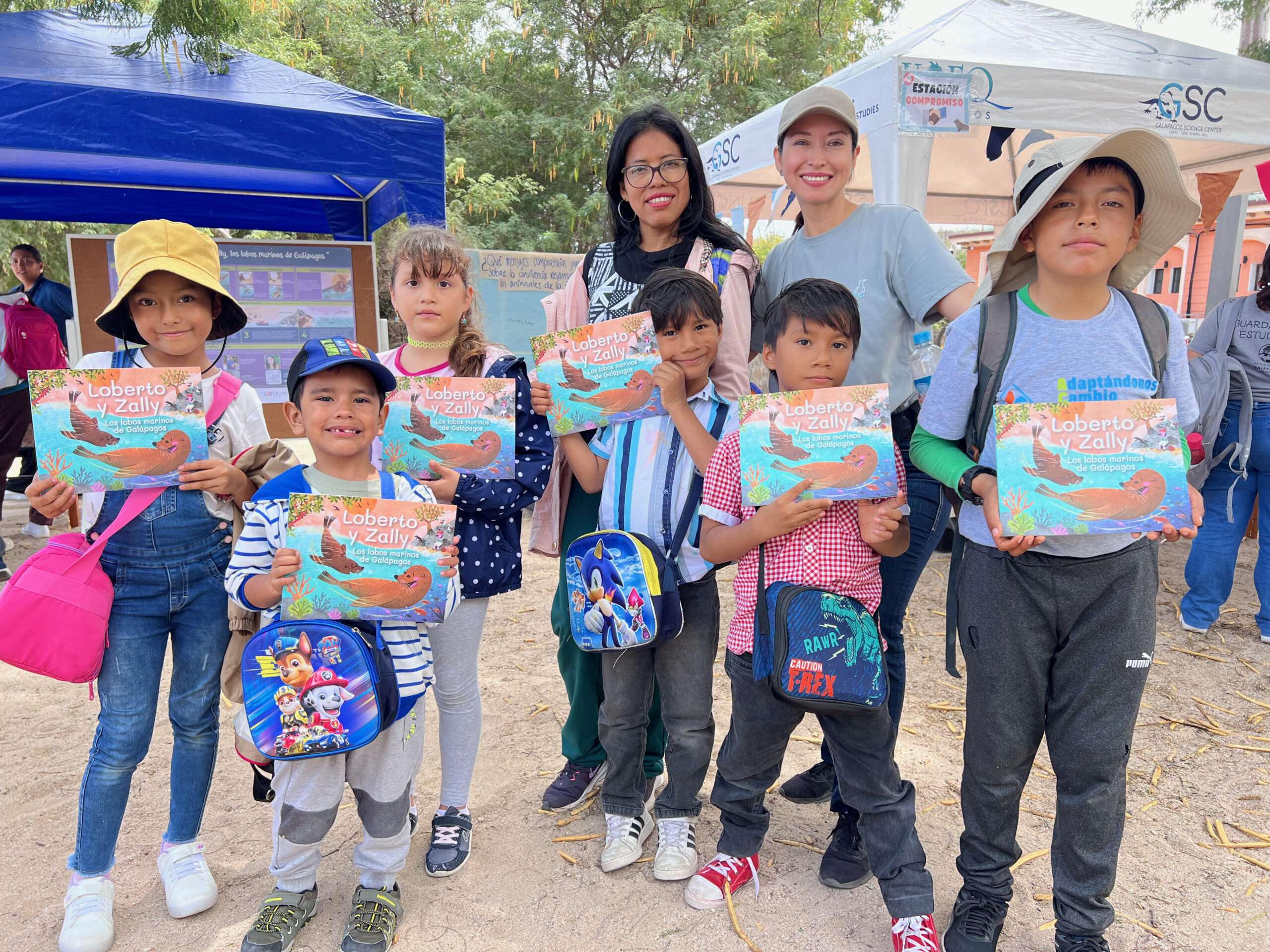Marjorie Riofrío-Lazo y Diego Páez-Rosas
Resumen
Los pinnípedos endémicos del archipiélago de Galápagos se encuentran en estado de conservación en peligro de extinción. El lobo marino de Galápagos, Zalophus wollebaeki, y la foca de Galápagos, Arctocephalus galapagoensis, se han adaptado a un ecosistema con alta variabilidad ambiental y productividad marina impredecible para sobrevivir. Además de los factores ambientales que presionan sus poblaciones, estas especies están expuestas a la influencia antropogénica, principalmente en las colonias de cría en islas con asentamientos humanos. Se ha determinado que las poblaciones de pinnípedos de Galápagos tienen diferentes tendencias de crecimiento entre las regiones del archipiélago, las islas de la misma región y entre las colonias de cría de la misma isla. El 58% de la población de lobos marinos de Galápagos se encuentra en el sureste, con la colonia de cría más grande en contacto directo con los habitantes. Se han propuesto diversas estrategias para reducir los impactos negativos de la interacción humano-animal, asegurar la viabilidad de la población a lo largo del tiempo y disminuir el riesgo de extinción de las especies.
Conoce más del artículo científico en el siguiente enlace: www.intechopen.com/chapters/88586






